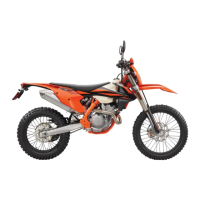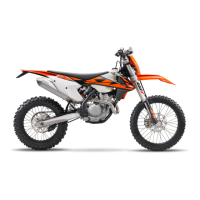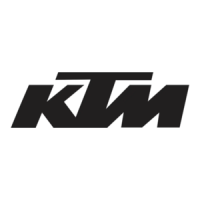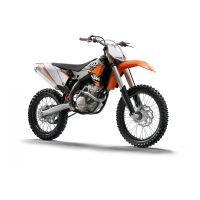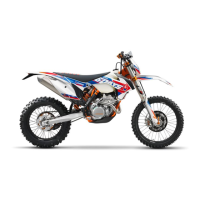What to do if my KTM 250 EXC-F 2019 engine overheats and I have EXC-F Six Days?
- Ppeter98Aug 15, 2025
If your KTM Motorcycle engine overheats, and you have EXC-F Six Days model, check the radiator fan fuse and fuse 4. Also, inspect the radiator fan itself for any defects.
